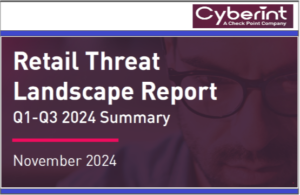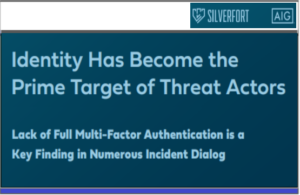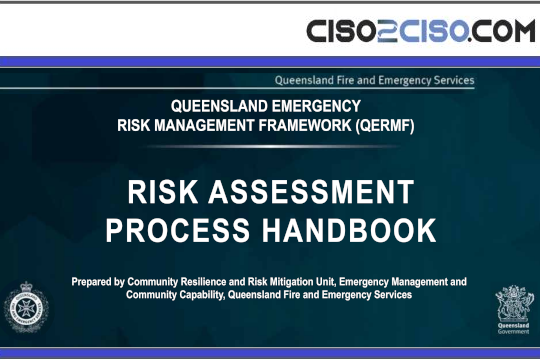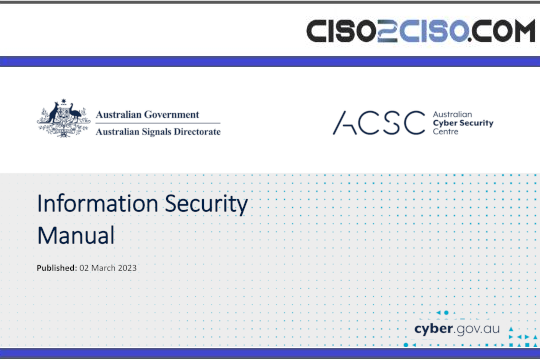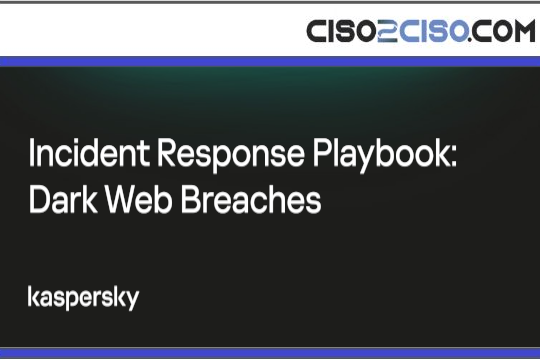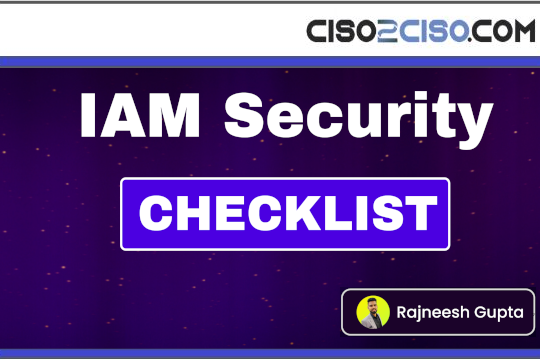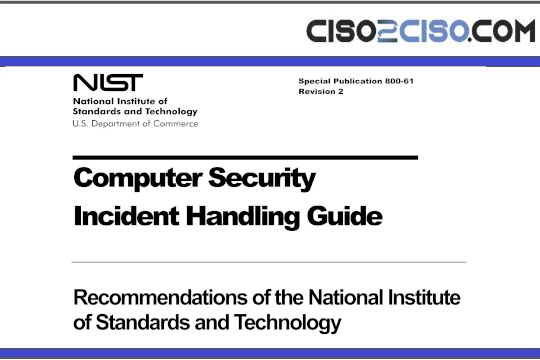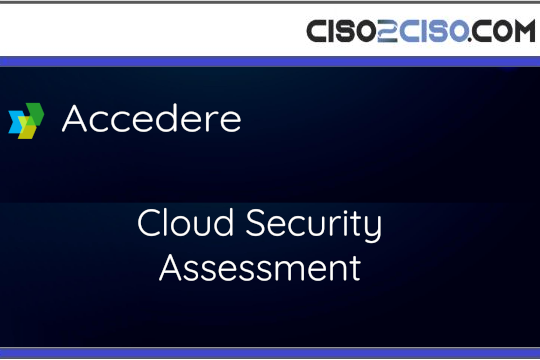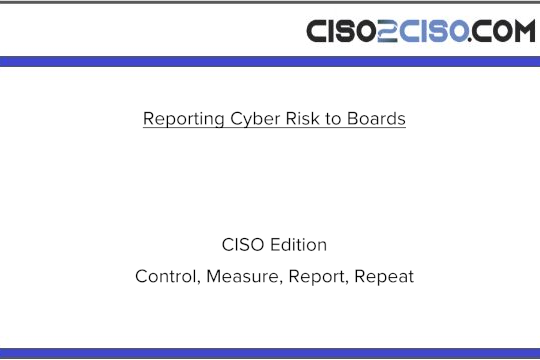Source: levelblue.com – Author: hello@alienvault.com.

Companies face increasingly complex challenges every day, including cybersecurity threats aimed at disrupting their digital operations. One of the most frequent and damaging is the DDoS attack, which can take websites, applications, and critical services offline. Understanding what is a ddos attack is essential to identify risks, prevent attacks, and protect your organization’s digital infrastructure.
In recent years, there have been attacks that marked a turning point in cybersecurity. In May 2025, Cloudflare mitigated the largest recorded DDoS attack to date, peaking at 7.3 Tbps in just 45 seconds, delivering approximately 37.4 TB of data to a single target before being countered.[1]
What Is a DDoS Attack and How Does It Work?
Imagine an immense traffic jam that prevents you from reaching your destination. A DDoS attack is a type of cyberattack designed to overwhelm a system, server, or network. But what does DDoS mean? The acronym stands for Distributed Denial of Service. Unlike accidental outages, this is a deliberate act.
The goal is simple: to make network operations stop functioning properly or become unavailable. Attackers achieve this by flooding the target network with fake traffic, sending requests from multiple IP addresses simultaneously. Typical victims include e-commerce sites and any organization offering online services.
So, how does it work? Network resources have a limit on the number of requests they can handle simultaneously. When the number of requests exceeds the capacity of any infrastructure component, the quality of service likely suffers.
To carry out DDoS attacks, hackers take control of a network or device by infecting it with malware, creating a botnet. After that, they send specific instructions to these bots. The botnet then starts sending requests to the target server through its IP addresses, overloading it and denying service to its legitimate traffic.
Since each bot is a legitimate Internet device, it’s hard to distinguish attack traffic from normal traffic.
Normal Traffic or Something Else? How to Identify an Attack

One of the biggest problems with a DDoS attack is that it often goes unnoticed in its early phases. This gives attackers an advantage. That’s why it is critical to proactively monitor network activity and watch for early warning signs. Some signs that something might be wrong include:
- Suspicious volumes of traffic coming from a single IP or range of IPs.
- A flood of users with similar behavior profiles, such as device type, geolocation, or browser version.
- Unexplained spikes in requests to a single page or server.
- Unusual traffic patterns, like spikes during odd hours.
- Sudden exhaustion of server resources, such as bandwidth or processing power.
Detecting these signs early enables defensive measures before the attack causes greater damage.
Anticipating the Move: How to Mitigate a DDoS Attack
Although DDoS attacks can be hard to detect, several measures can be implemented to prevent such cyberattacks and reduce damage if an attack occurs. The key is having an action plan to protect your network, and some tips can further strengthen your defenses.
Blackhole Routing
One available solution is to create a blackhole route and redirect traffic to it. This method lacks specific filtering criteria. What does that mean? Both legitimate and malicious traffic are redirected to a null route or “black hole” and excluded from the network. However, it is not an ideal solution because the attacker still achieves their goal: making the network inaccessible.
Rate Limiting
Limiting the number of requests a server can accept over a set time can be useful as part of a broader strategy. Alone, it may not be enough, but it helps slow down content scraping and mitigate brute force login attempts.
Web Application Firewall

Organizations can use Web Application Firewalls (WAFs) to act as a reverse proxy, protecting their servers at layer 7. WAFs can be configured with custom rules, and administrators can modify these rules in real time if they suspect a DDoS attack. Next-generation firewalls include capabilities for proactive, real-time threat detection, easy integration with existing systems, and granular control to manage incoming and outgoing network traffic.
DDoS Protection
Working with a managed security service provider that offers DDoS defense solutions gives organizations critical services to protect against DDoS attacks such as 24/7 monitoring and response. Key capabilities to look for include traffic scrubbing, how quickly to expect mitigation if an attack occurs, access to support, and DDoS readiness testing. This approach can provide flexibility for businesses to add or change mitigation and activation services as needed.
DDoS in Action: Types of Attacks and How They Work
There are different DDoS attack vectors targeting various parts of a network connection. To understand how they work, it’s essential to know how a network connection happens. An internet connection consists of many different layers. Each layer of the model has a different purpose, including physical, data link, network, transport, session, presentation, and application layers. DDoS attack types vary depending on which network layer they target.
Application Layer Attacks
Also known as Layer 7 attacks, these target the system area interacting with the user: the web application. The seventh layer is where a server generates web pages in response to HTTP requests. The objective is to exhaust server resources by generating many seemingly legitimate requests, like page visits or form submissions. Each action forces the server to perform multiple tasks, such as loading files or querying databases, until it becomes slow or unavailable.
HTTP Flood
This attack resembles repeatedly refreshing a browser simultaneously on many devices. It creates an “HTTP flood” of requests, causing a denial of service.
It can be simple or complex. Simple versions use a URL with the same range of attacking IPs, referrers, and user agents. Complex ones may use many IP addresses and random URLs.
Protocol Attacks
Also called state-exhaustion attacks, they exploit vulnerabilities in layers 3 and 4 (network and transport layers). These create a denial of service by saturating server or network equipment resources like firewalls.
Volumetric Attacks
This category aims to saturate traffic by consuming all available bandwidth between the target and the internet. It sends large volumes of data to a target server, causing sudden spikes that result in denial of service.
Prepare Today to Respond Tomorrow
With the increasing frequency and complexity of DDoS attacks, anticipation is no longer optional, it’s essential. At LevelBlue we help companies prepare for these threats with advanced DDoS and web application protection solutions, continuous monitoring, intelligent traffic analysis, and incident response services. Our comprehensive approach reduces risks, maintains operational continuity, and safeguards what matters most: your customers’ trust.
References 1. Jowi Morales. (2025, June 21). Massive DDoS attack delivered 37.4TB in 45 seconds, equivalent to 10,000 HD movies, to one victim IP address — Cloudflare blocks largest cyber assault ever recorded . Tom’s Hardware.
The content provided herein is for general informational purposes only and should not be construed as legal, regulatory, compliance, or cybersecurity advice. Organizations should consult their own legal, compliance, or cybersecurity professionals regarding specific obligations and risk management strategies. While LevelBlue’s Managed Threat Detection and Response solutions are designed to support threat detection and response at the endpoint level, they are not a substitute for comprehensive network monitoring, vulnerability management, or a full cybersecurity program.
Original Post url: https://levelblue.com/blogs/security-essentials/what-is-a-ddos-attack
Category & Tags: –
Views: 2














